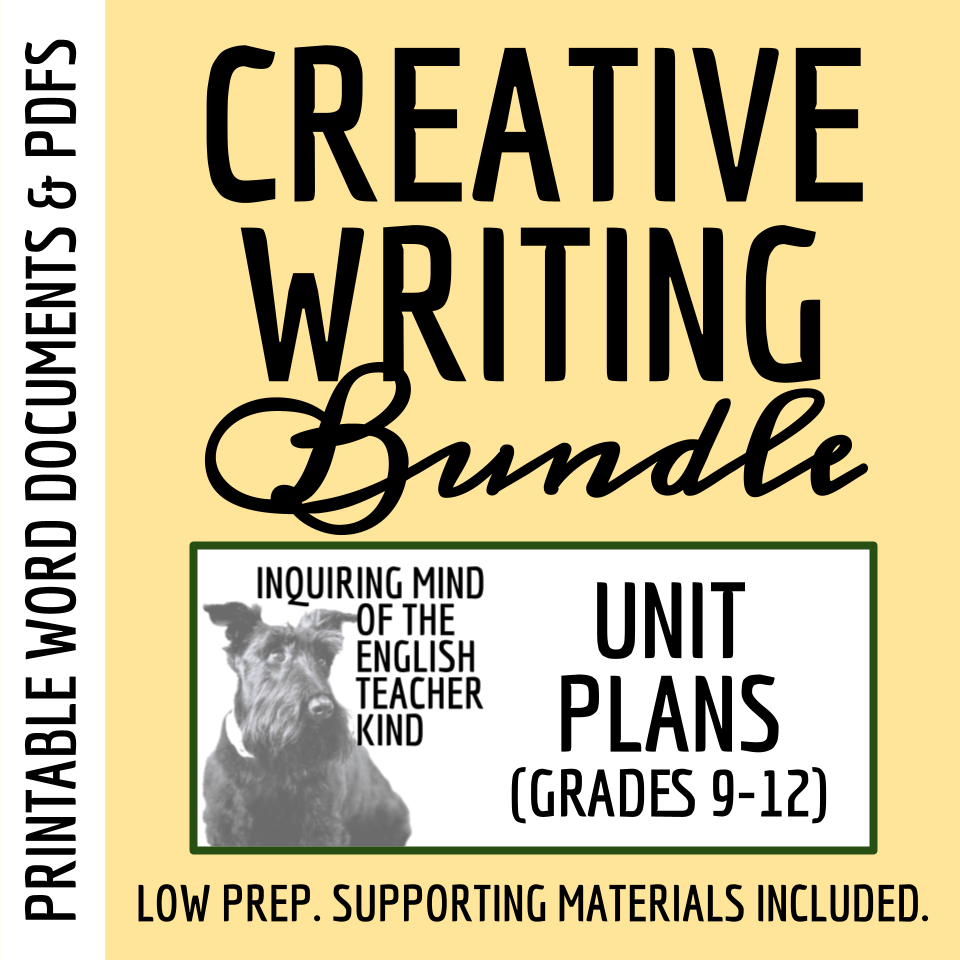Popcorn reading, also known as “round-robin reading,” is a traditional reading activity that has lasted for over two centuries.
Popcorn reading, also known as “round-robin reading,” is a traditional reading activity that has lasted for over two centuries.
Despite the evidence that the practice is ineffective for enhancing fluency, word decoding, and reading comprehension, popcorn reading’s popularity among K-8 teachers still endures. This article will explore seven alternatives to Popcorn Reading that teachers can implement in their classes, regardless of age or grade level.


For those unfamiliar with popcorn reading, the process usually involves having a child read orally in front of a class and then calling out “popcorn” once he or she decides to stop. Afterward, the student selects another classmate to read the rest of the text. Aside from the transition from one reader to the next, popcorn reading differs very little from the old-fashioned round-robin style. There are also other variations to popcorn reading, such as:
As seen from these examples, only the selection of readers differs between each method, but the purpose and the effect remain the same. A student must read a text for a set time before the class until another reader is chosen.
According to a Medium article released by the Heinemann Publishing company, popcorn reading and its variations cause frustration both for the reader and the listeners, especially when the former struggles with the assigned material. Imagine the anxiety this causes to a child who – for example – just recently immigrated from a non-English speaking country to America. Learning a second language is difficult enough, but performing it in front of others can be quite nerve-wracking, especially for younger students.
Fortunately, there are other, much more effective alternatives to popcorn reading that can be easily implemented in any classroom environment. These techniques differ fundamentally from the rigid, restrictive nature of popcorn reading. The methods in this list empower students with the necessary breathing room to make mistakes and explore the richness of the English language. After all, if learning stops rewarding children with enriching opportunities, then what’s the point?
Perhaps the simplest and most rewarding of popcorn reading alternatives, the PALS method utilizes teamwork between pairs of students assigned to help and guide each other. These partners usually consist of a more experienced reader who tutors another struggling student. They improve each other’s reading accuracy, fluency, and comprehension. It’s also a good way of forging lasting friendships.
One of the main disadvantages of popcorn and round-robin reading is putting a student on the spot. Being forced to perform in front of others can be very stressful to some children, and that added anxiety will only become detrimental to a student’s capacity to learn. Having the entire class read an assigned text in unison makes this stage fright virtually non-existent. A 2011 study found that 16 minutes of choral reading per week improves comprehension and fluency among adolescent students.
Sometimes, the best solution is the simplest one. According to research by Jamie Quinn of Rowan University, sustained silent reading programs coupled with self-monitoring strategies enhance eloquence and comprehension among reluctant readers.
This time, the teacher takes charge by reading gradually, pronouncing the words with the correct inflection so that the students can follow along. During the session, the teacher should pause occasionally to ask questions that test the class’s reading comprehension skills.
The proliferation of new digital audiobooks can serve an important function in this exercise. Playing age-appropriate podcast episodes showcases how a skilled reader recites the text, allowing the students to absorb each inflection and correct the pronunciation of words. Like the echo reading approach, the teacher can also read the text in front of the class, allowing for greater control over the discussion.
This approach is a bit more dynamic than the previous methods since it requires the active participation of students willing to act out certain character roles. Unlike traditional stage plays, reader’s theater does not require props or make-up to function – all it needs is a script for the students to read and enjoy.
Fluency-oriented reading instruction (FORI) is a method that aims to improve oral reading competency. Over a week, students are required to read assigned materials using three different strategies:
FORI can be implemented both in the classroom and at home, and parents are also encouraged to give their children spaces that are conducive to reading aloud. Extension activities can be implemented throughout the week to give students more time to learn at their own pace.
The teacher must ensure that students feel comfortable enough to improve their skills without being stressed out by performance anxiety. Hopefully, the methods listed here can inspire more inventive and dynamic reading sessions in your classroom.
Reading is supposed to be fun, and this is perhaps the greatest lesson any instructor can give.